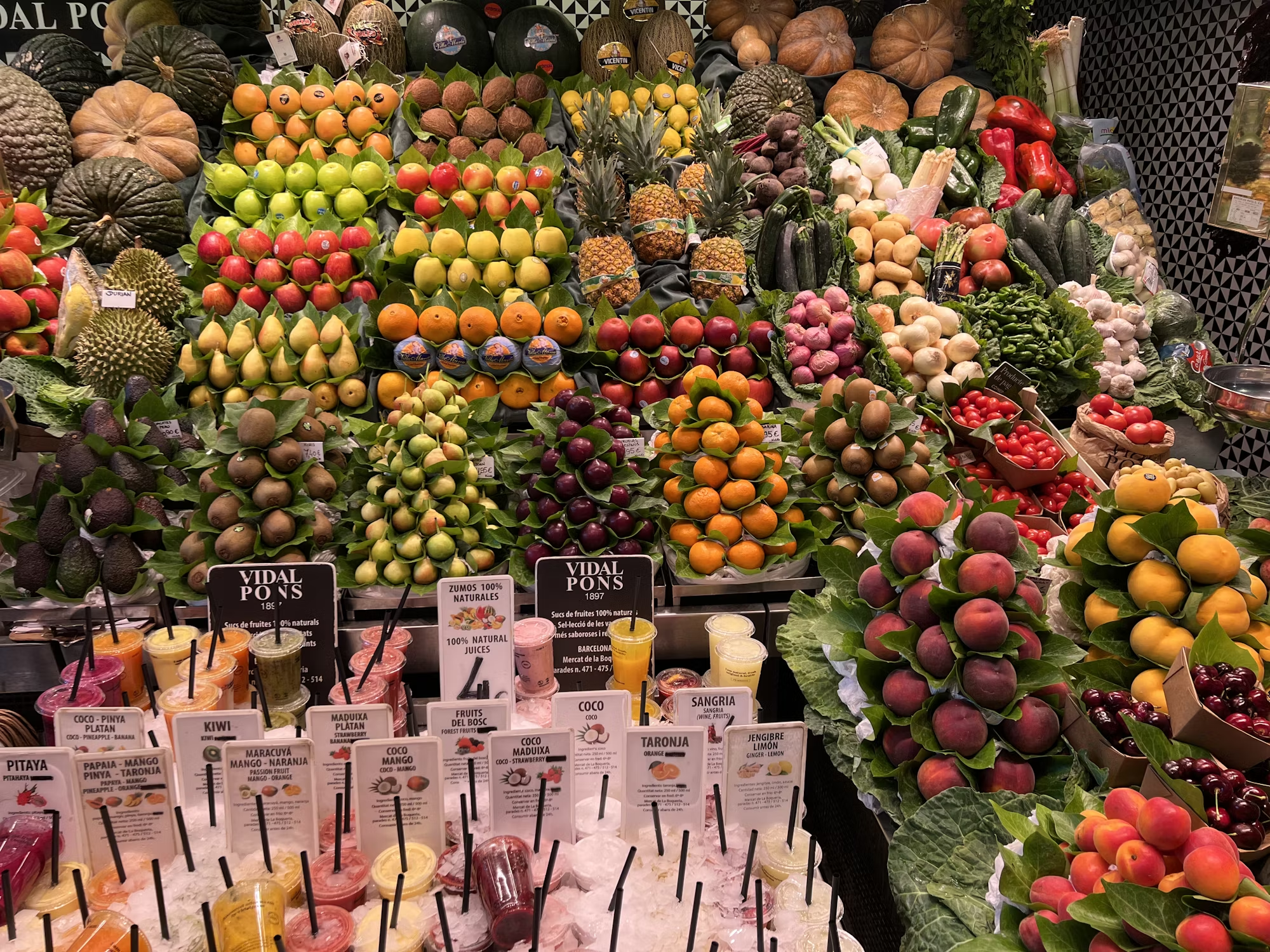The dining landscape across the globe is a vibrant mosaic of flavors, traditions, and experiences that reflect cultural diversity. Restaurants serve not only as places to enjoy meals but also as venues for social gatherings, cultural exchange, and culinary exploration. In this article, we will journey through different types of restaurants, examining what makes each unique and how they contribute to the global food culture.
Fine dining restaurants epitomize culinary artistry and luxury. These establishments are characterized by their high standards of service, exquisite presentation, and gourmet menus that often showcase seasonal ingredients. Guests are treated to an immersive experience where every detail, from the table settings to the ambiance, is meticulously crafted to create a memorable evening.
In fine dining, the menu often features a selection of tasting courses, allowing diners to savor a variety of dishes in one sitting. This approach encourages culinary exploration, inviting patrons to experience the chef’s creativity and expertise. Many fine dining restaurants also offer wine pairings, with sommeliers guiding guests through a curated selection that complements each course, enhancing the overall gastronomic experience.
In contrast, casual dining restaurants provide a more laid-back atmosphere, making them ideal for family outings and casual gatherings. These mid-range establishments typically offer a diverse menu that caters to a wide range of tastes, from classic comfort food to international dishes. The service is friendly and approachable, allowing diners to relax and enjoy their meals without the formality often found in fine dining.
The charm of casual dining lies in its versatility. Many casual eateries embrace a specific theme or cuisine, such as Italian, Mexican, or American fare, providing guests with a taste of different culinary traditions. The decor is often vibrant and inviting, creating a space where families and friends can gather to share food and create memories.
Fast food restaurants have transformed the dining experience by emphasizing speed and convenience. These quick-service eateries cater to individuals and families looking for affordable meals that can be enjoyed on-the-go. The menus are typically straightforward, featuring burgers, fries, and various quick bites that can be prepared and served in a matter of minutes.
While the focus of fast food is efficiency, many chains are adapting to changing consumer preferences by incorporating healthier options into their menus. Salads, fruit, and grilled items are increasingly common, allowing diners to make choices that align with their health goals. Fast food restaurants often evoke a sense of nostalgia, as they remind patrons of childhood experiences and family outings, making them a staple in many cultures.
Ethnic and specialty restaurants play a crucial role in showcasing the world’s culinary diversity. These establishments focus on authentic dishes from specific cultures, whether it’s Chinese, Indian, Thai, or Mediterranean cuisine. Ethnic restaurants often take great pride in their authenticity, with many chefs hailing from the cultures they represent. This commitment to traditional recipes and cooking techniques provides diners with an immersive experience that highlights the rich flavors and history of each cuisine.
Dining at ethnic restaurants can be an enlightening experience, as it allows guests to appreciate the cultural significance of various dishes and ingredients. Many of these establishments also incorporate modern twists, creating fusion dishes that blend traditional flavors with contemporary culinary trends. This innovation keeps the dining experience exciting, inviting patrons to explore new tastes and textures.
Buffet restaurants offer a unique dining experience that emphasizes variety and abundance. Guests can serve themselves from an extensive selection of appetizers, main courses, and desserts, all available for a fixed price. Buffets appeal to families and groups, providing something for everyone and allowing diners to sample multiple dishes without the need to order separately.
The atmosphere in a buffet can be lively and communal, as families gather to enjoy meals together. Many buffet establishments host themed nights, such as seafood or barbecue, which encourages diners to explore different culinary traditions. The self-service model not only adds an element of fun but also fosters interaction among diners as they discuss their favorite dishes and share recommendations.
Family-style restaurants enhance the communal aspect of dining by serving large portions meant for sharing. This dining style creates a warm and inviting environment where families and friends can enjoy hearty meals together. Diners can expect generous servings of comfort food, from lasagna to fried chicken, all presented in a way that encourages sharing and conversation.
The decor of family-style restaurants often reflects a cozy, homey atmosphere, making guests feel at ease. This setting promotes connection and interaction among diners, allowing them to enjoy good food and company. Many family-style restaurants also incorporate themed nights or special events, further enhancing the sense of community and celebration around shared meals.
With the rise of plant-based diets, vegetarian and vegan restaurants have gained popularity, catering to diners who prioritize ethical and health-conscious choices. These establishments focus on creating delicious and satisfying dishes without meat or animal products, often highlighting fresh, locally sourced ingredients. The creativity involved in vegetarian and vegan cooking can lead to innovative dishes that surprise and delight even the most dedicated carnivores.
Many vegetarian and vegan restaurants emphasize sustainability, aligning their culinary practices with the values of health-conscious diners. This commitment to ethical dining resonates with patrons who wish to make informed choices about their food. From hearty grain bowls to inventive plant-based desserts, these restaurants showcase the versatility and deliciousness of plant-based cuisine, encouraging diners to embrace a more sustainable lifestyle.
Pop-up restaurants have become an exciting trend in the culinary world, offering unique and often temporary dining experiences. These establishments can vary widely, from themed dinners to collaborations between chefs, creating a sense of anticipation and adventure among food enthusiasts. The ephemeral nature of pop-ups invites patrons to explore innovative menus and concepts that may not be available elsewhere.
The creativity and flexibility of pop-up restaurants allow chefs to test new ideas and concepts without the constraints of a permanent menu. This experimentation can lead to unique dining experiences that excite food lovers and foster a sense of community among diners who share a passion for culinary exploration.
Farm-to-table restaurants embody a commitment to sustainability and local sourcing, emphasizing the use of fresh, seasonal ingredients from local farmers and producers. This dining philosophy not only supports local agriculture but also enhances the quality and flavor of the dishes served. Menus in farm-to-table establishments often change with the seasons, showcasing the best produce available at any given time.
The farm-to-table movement has gained significant traction among consumers who prioritize quality and sustainability. Diners who choose these restaurants are often motivated by a desire to make conscious choices about their food and its impact on the environment. By emphasizing fresh, seasonal ingredients, farm-to-table restaurants create dishes that are both flavorful and ethically sourced, allowing diners to connect with the origins of their food.
Gastropubs merge the casual atmosphere of a pub with elevated culinary offerings, creating a dining experience that appeals to a broad audience. These establishments focus on high-quality food paired with a diverse selection of beverages, from craft beers to artisanal cocktails. Gastropubs often feature menus that blend classic pub fare with gourmet twists, allowing diners to enjoy familiar comfort foods in a refined setting.
The social aspect of gastropubs enhances the dining experience, as patrons gather to enjoy good food and drinks in a relaxed environment. This casual yet elevated atmosphere makes gastropubs an ideal choice for a night out with friends or a special occasion. With an emphasis on quality ingredients and creative preparation, gastropubs celebrate the joy of dining in a welcoming space.
In conclusion, the global restaurant landscape is a rich tapestry that reflects cultural diversity and culinary artistry. Each type of restaurant, from fine dining to pop-ups, offers a unique experience that allows diners to explore different flavors, traditions, and social connections. As the culinary world continues to evolve, restaurants will remain vital in shaping our understanding of food, culture, and community. Whether you’re seeking a quick bite, a family gathering, or a gourmet meal, there is a dining experience waiting to be discovered.



